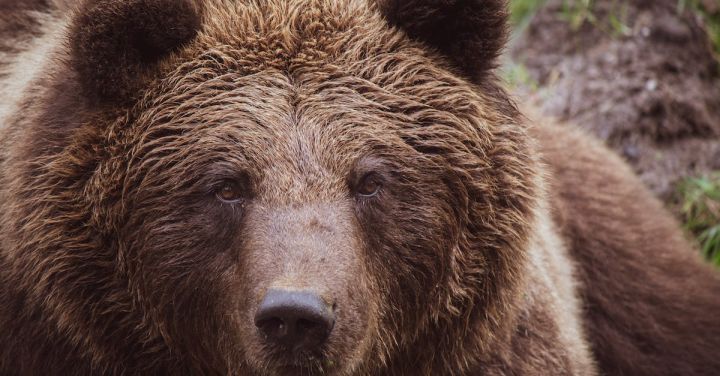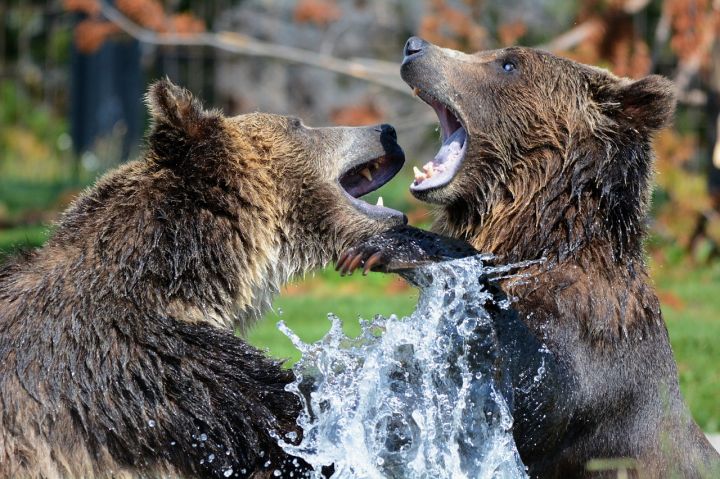How Can You Be Respectful to Bear Habitats?
Bears are magnificent creatures that have captured the imaginations of people around the world. From the iconic grizzly bear to the elusive polar bear, these animals are a vital part of our ecosystem. However, their habitats are under threat due to human activities. It is crucial that we take steps to be respectful and minimize our impact on bear habitats. In this article, we will explore some practical ways in which we can achieve this.
Understanding Bear Habitats
Before we delve into how we can be respectful to bear habitats, it is essential to understand what constitutes a bear habitat. Bears thrive in a variety of environments, ranging from forests and mountains to tundra and coastal areas. These habitats provide bears with the resources they need to survive, including food, water, and shelter. By respecting bear habitats, we ensure that these resources are preserved and available for bears to thrive.
1. Practice Responsible Wildlife Viewing
One of the most common ways humans interact with bears is through wildlife viewing. While observing bears in their natural habitat can be an awe-inspiring experience, it is crucial to do so responsibly. Keep a safe distance from the bears and use binoculars or a camera with a zoom lens to reduce disturbance. Avoid approaching or feeding bears, as this can habituate them to human presence and potentially lead to dangerous encounters.
2. Minimize Food Attractants
Bears have a keen sense of smell and are attracted to food sources. To minimize the risk of attracting bears to human settlements, it is essential to properly manage and dispose of food waste. Use bear-proof containers or store food in a secure location, away from areas where bears may be present. This includes securing garbage cans, bird feeders, and outdoor grills. By reducing food attractants, we decrease the likelihood of bears associating humans with a food source.
3. Respect Bear Corridors
Bears require large areas of undisturbed habitat to roam and find resources. These areas, known as bear corridors, are essential for their survival. By respecting and preserving bear corridors, we allow bears to move freely between habitats, find mates, and access food sources. Avoid building structures or roads that disrupt these corridors and support initiatives that protect and connect bear habitats.
4. Educate Yourself and Others
Knowledge is a powerful tool in promoting respect for bear habitats. Educate yourself about local bear species, their behavior, and the challenges they face. Share your knowledge with others to raise awareness and encourage respectful behavior. By understanding the importance of bear habitats, we can inspire others to take action and make a positive difference.
5. Support Conservation Organizations
Conservation organizations play a crucial role in protecting bear habitats. Consider supporting these organizations through donations or volunteer work. Many conservation organizations work tirelessly to preserve and restore bear habitats, conduct research, and advocate for policy changes that benefit bears. By supporting these efforts, we contribute to the long-term conservation of bear habitats.
Conclusion: A Shared Responsibility
Respecting bear habitats is not just the responsibility of conservationists or government agencies. It is a shared responsibility that each of us must embrace. By practicing responsible wildlife viewing, minimizing food attractants, respecting bear corridors, educating ourselves and others, and supporting conservation organizations, we can make a positive impact on bear habitats. Let us remember that by being respectful to bear habitats, we are not only protecting these magnificent creatures but also preserving the delicate balance of our natural world.






